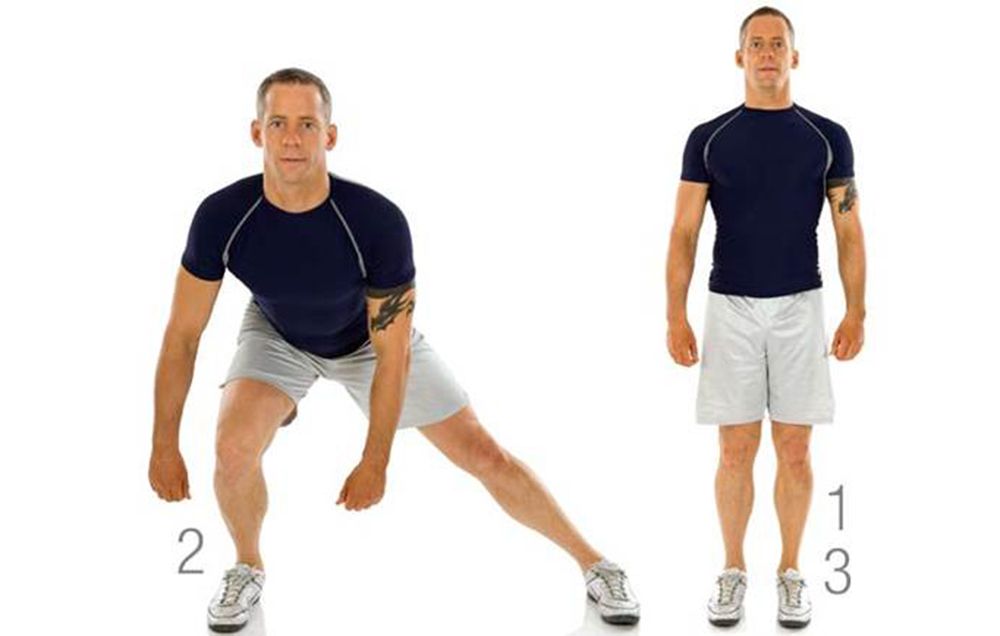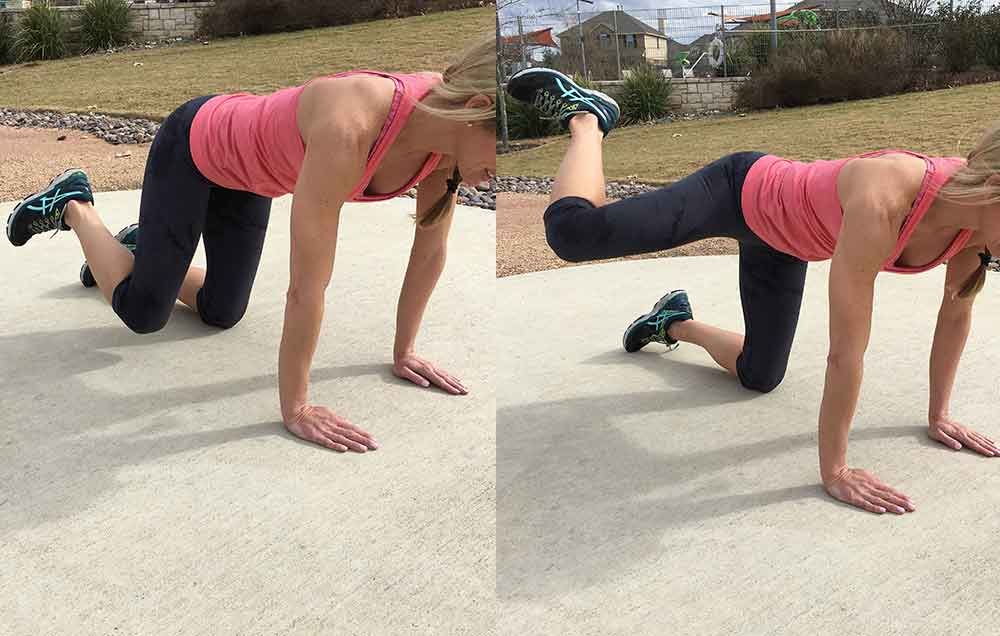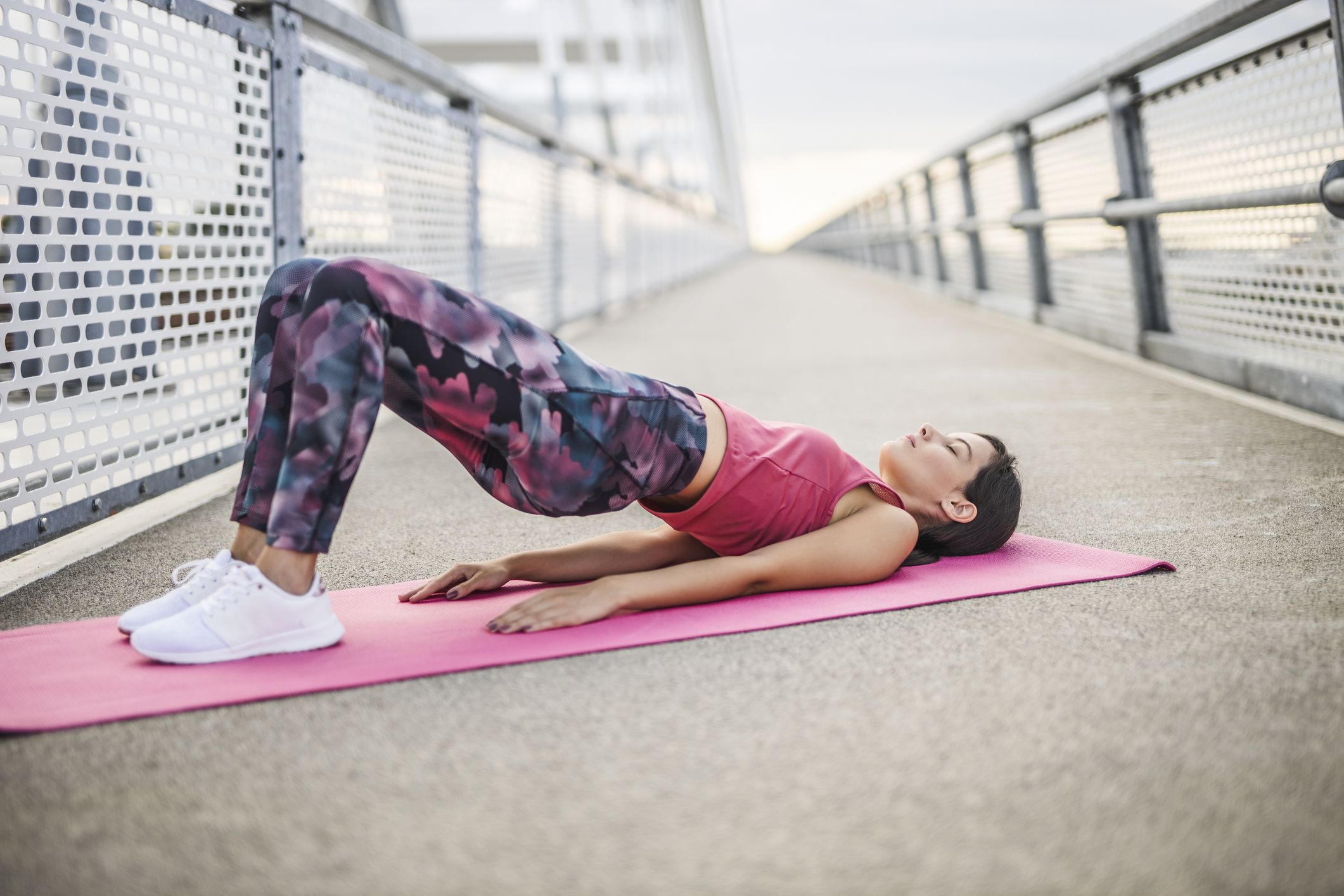While Toblerone tunnels—a.k.a. thigh gaps—were once the (toxic) talk of social media and all the rage in the fitness industry, hip dips are the latest commentary on bodies (or dare we say body-shaming?) to rise in search.
Hip dips are indents or depressed curves below the hip, located on the outside of the upper leg—and are naturally occurring. So, despite many people seeking to get rid of hip dips, they are simply a part of our body structure. “Most women have some version of a hip dip,” says personal trainer Daniel Saltos. “Hip dips have to do with anatomy and bone structure, and they’re completely normal.”
Ahead, we’re sharing everything you need to know about hip dips, including what they are, their cause, if you can get rid of them, and ways to increase hip function and definition.
So, what is a hip dip anyway?
A hip dip is a naturally occurring indent or depressed curve below the hip on the outside of your upper leg.
“The degree of ‘dip’ is partially determined by the space between your ilium (the largest of the three bones that make up the hip bone/pelvis) and your hip socket (where the top of your femur or thigh bone meets your hip),” says dietitian nutritionist Lydia Carron. “The larger the space, the greater the hip dip.”
Despite what social media might lead you to believe, hip dips are a normal part of the human body. “Hip dips are normal and healthy, and they don’t indicate any underlying metabolic issues,” Carron says. Some people have more noticeable hip dips, while others may have less visible ones. This is due to anatomy and bone structure.
What causes hip dips?
The presence of hip dips is mostly determined by your anatomy and genetics, Carron says. “If your pelvis is wider, you might have a greater or more prominent ‘dip,’ because the width creates a greater distance between the ilium and the hip socket,” she explains.
Where you carry fat, which differs for everyone and can be impacted by genetics, determines whether or not you have prominent hip dips. “The fat and muscle you have around your hip and glutes can affect how much your hip dips stand out,” Saltos adds.
Can you get rid of hip dips?
In short, no. Hip dips are normal and naturally occurring for some people. “Because hip dips are due to your anatomical bone structure, modifying the appearance of them is not the same as building a six-pack or creating definition in your arms,” Carron says. You simply can’t decrease the presence of hip dips because they’re a normal part of your anatomy. Plus, you can’t decide where your body stores fat.
“However, it is possible to decrease the prominence of hip dips through resistance training and muscle development,” she says. Focusing on your glutes and the function of the hips may reduce the presence of hip dips.
How to strengthen hips at home
If you’re looking to increase the function of your hips, you can strengthen the surrounding muscles, which include the hip extensors, hip flexors, hip adductors, hip abductors, and lateral rotators. Targeting these muscle groups with strength training will support the stability and mobility of the hip joints. Below, Saltos recommends the five best at-home exercises for strengthening your hips.
1. Squats

Reps: 12 to 15 reps for three sets
How to: Standing with your feet hip’s width apart, sit back in the hips, making sure your knees stay in line with your hips. Make sure your chest is up and your shoulders are back. Then, press into your feet to return to stand. You can also add a dumbbell to increase the intensity.
2. Lateral lunge

Reps: 12 reps per side for three sets
How to: Stand with your feet hip’s width apart. Ground down through all points on your left foot, and take a step out to the side with your right, keeping your toes pointed forward. Bend into your right knee to bring it close to a 90 degree angle. Push back to start and repeat on the other side. To increase intensity, hold two dumbbells in each hand. When you lunge to the side, keep your chest up as you hold the weights to frame out your right foot.
3. Fire Hydrants

Reps: 15 to 20 reps per side for three sets
How to: Begin in a table top position with your wrist stacked under your shoulders and your knees below your hips. With a neutral spine, lift your right knee up to about shoulder height, keeping your knee bent at a 90 degree angle. Return to a neutral table top and repeat on the other side. If you want a little more, you can place a resistance band over your thighs or a weight in the back of your knee.
4. Standing hip abduction

Reps: 15 reps per side for three sets
How to: Standing tall with a straight spine, ground down through all points of your left foot. Tuck your left hip in towards the centre of your body, and inhale as you lift your right leg out to the side, as high as you can. Try to keep your right toes flexed towards the sky, then return to start. You can level up this exercise with a resistance band around the thighs.
5. Glute bridge with abduction

Reps: 15 reps for three sets
How to: Start on your back with your knees bent and your feet on your mat. Inhale and push through your heels to lift your hips high. At the top, push your knees out and squeeze your glutes. Bring your knees back together, then return your hips to your mat for one rep.










